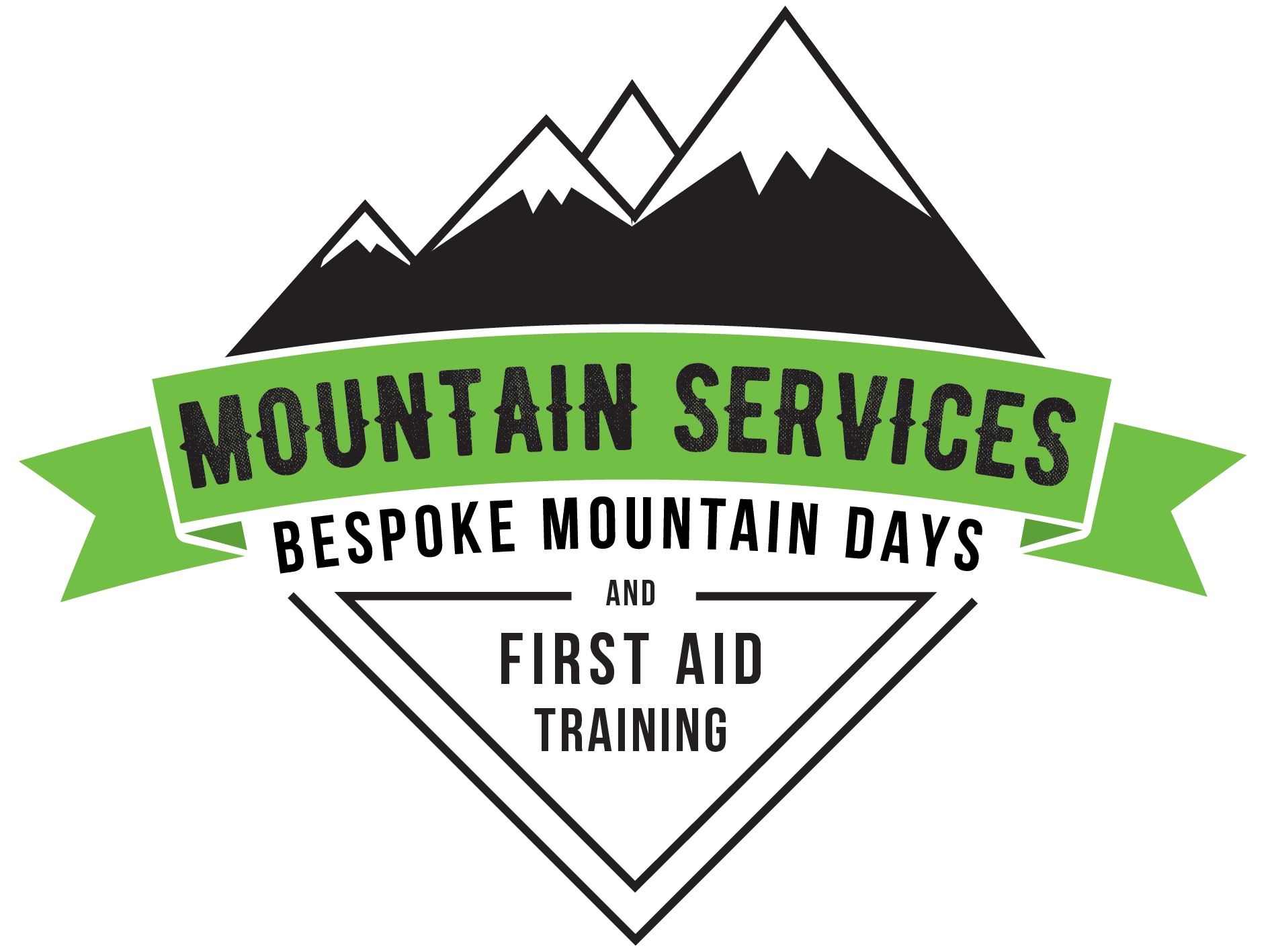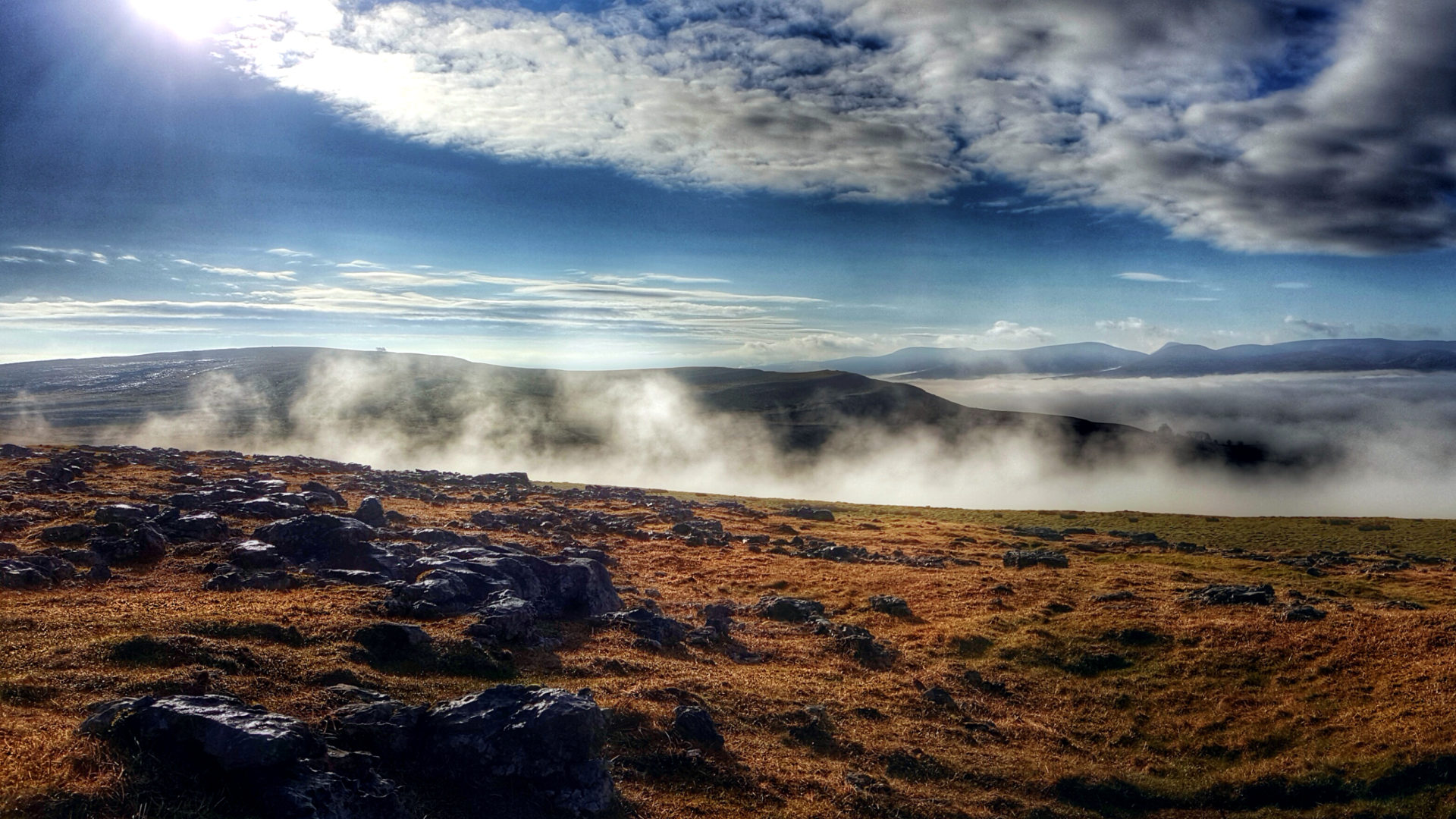Safeguarding – its a big word for a big subject, a word some people reading this might find a bit concerning. So I’m going to try and simplify it a little and try and answer some of those concerns – because, as we’ll see, an understanding of safeguarding is vital to the work we do.
This article is intended as an overview.
I’ve been involved in safeguarding for many years now – but this week I qualified as as Level 3 Safeguarding Instructor – it was a tough week, parts of the course, even though I was expecting them, were harrowing. And that’s not likely to make a reader continue is it? – So let me say right now – that overall the week, though difficult, was ultimately uplifting, we have so many opportunities to make a real difference to somebodies life.
So what is safeguarding? our first tricky question. Nearly every organisation has a slightly different description. Some focus on their own areas of operation (children, the elderly, those with additional needs), some focus on the types of abuse they encounter. Of the many I’ve seen the one that I find myself most referring to is the Quality Care Commission who state:
Safeguarding means protecting people’s health, wellbeing and human rights, and enabling them to live free from harm, abuse and neglect.
It’s simple, unambiguous & easy to understand. And of course we can expand on it within our own operational parameters. But for now its somewhere I hope we can all agree to start from.
So who are we safeguarding? Typically we refer to children, young people and vulnerable (or ‘at risk’) adults as those are the groups with specific legislation. In a later post I’ll probably return to this and expand on the need to understand how safeguarding actually applies to everyone – but here I’ll try and address the main two categories:
Children & Young People:
Safeguarding children and promoting their welfare includes:
- Protecting them from maltreatment or things that are bad for their health or development.
- Making sure they grow up in circumstances that allow safe and effective care.
Vulnerable Adults:
Safeguarding adults includes:
- Protecting their rights to live in safety, free from abuse and neglect.
- Making sure people’s wellbeing is promoted, taking their views, wishes, feelings and beliefs into account.
Straight away we can see there are some core basics that apply to everyone, many of these are things that we and society at large may take for granted – sadly that doesn’t mean that they happen for everyone.
Who does this safeguarding? now this is where we may need to develop our understanding.
Because all too often when reviewing policies I’ll read the fantastic catchall phrase “safeguarding is the responsibility of everyone” and of course it is – but that’s a little too simplistic even for an overview. Safeguarding starts with us….
…and suddenly this got a little bit more serious and daunting. Surely if everyone is responsible then surely someone else will deal with it, does it have to be me? Well as every Instructor, Leader, Guide or Volunteer knows – something left to someone else doesn’t always get done. But, and its a really big, really important BUT, this is the first vital learning point:
YOU ARE NOT ALONE
Safeguarding is, has to be, a collective procedure. There are lots of words that can be used to frame this procedure; the Safeguarding Panel, the Safeguarding Board, the Safeguarding Team (we’re always stronger as part of a Team) – but taken from this week’s course – I prefer to refer to it as the Safeguarding Chain of Survival.

Now depending where you are in your organisation you may occupy one of a few positions; but I’m going to assume that you are right there at the start of the Chain; you’re the person who takes that first bit of information. You in turn should know (via your organisation’s Safeguarding Policy) who to report to. This should be a named Safeguarding Officer (lots of terms can apply, NWO Nominated Welfare Officer, DSO Designated Safeguarding Officer & many others). They in turn will know how to progress this to a Local Safeguarding Board. In an instance where you are not sure, every local authority has a statutory responsibility to employ a Local Authority Designated Officer (LADO) – simply typing your area & LADO into Google took me straight to the right page for the dozen areas I checked as I wrote this.
If your organisation doesn’t have a safeguarding policy then (a) I’m happy to help! but more importantly (b) they should. This is a question worth asking if you are a freelancer or new to an organisation. A good tip is to know the name of the Safeguarding Officer and who deputises for them if they are not available; if this information is widely known and easy to find then its always a sign to me of an organisation that actually implements the policy, that knows its robust and, well, safe. I feel very lucky to work in a sector where safeguarding is taken seriously, but sadly it’s not always the case.
So back to the process; It’s not your role, or even the role of the DSO to investigate this. The lesson that has been oh so painfully learnt over the three score and ten years since the first Children’s Act of 1948 is that this has to be a collective process. And I think if you find yourself being that first link in the chain then this is vital to know. Because your concern, the bit of information you pass on – that will eventually reach a group of people that represent a far wider sphere of contact and relevant expertise – Children’s Services, the Police, Education Departments, Housing Departments, Faith Organisations – even Refuse Collection Agencies might be involved (& the panel will always have the ability to draft in additional specific expertise).
And your concern may form part of a larger picture. This is something I’ve direct experience of – it works. A concern I raised matched a concern raised by a school teacher, was flagged to Social Services and was then validated by a GP resulting in action being taken that greatly improved a life. It took about 60 minutes of my time. Working Together to Safeguard Children (2015) summarises this well when it says:
“No single professional can have a full picture of a child’s needs & circumstances, and if children & families are to receive the right help at the right time, everyone who comes into contact with them has a role to play in identifying concerns, sharing information and taking prompt action”
That tiny thing you notice, those few difficult words you pass on, they might be the missing part in a picture that others have been trying to see clearly. Or, and its just as important an or, they might have a rational explanation that isn’t immediately visible from a single viewpoint.
So what do I need to know? There are some basic things I think it’s easy to remember, but they make a big difference.
If a child or vulnerable adult tells you something this is referred to as disclosure. If this happens then there are some simple guidelines that you need to follow; and they make a real difference:
- Be calm, reassuring and sympathetic
- Listen carefully to what is being said and do not prompt or interrupt
- Do not make judgement statements
- Do not make jokes or change the subject
- Do not make promises
- Do not confront the alleged abuser
- Tell the individual that they have done the right thing and that you will treat it seriously
- Do not promise confidentiality; tell the individual that you will need to report their concerns to an appropriate person
- Make a record with as much detail as possible and report it to the Safeguarding Officer
- Do not share the information outside of those who are designated to receive it
Many of these simple guidelines will also apply if you have your own concerns, or if it is a third party who raises their concerns with you. It’s outside the scope of this article to detail all the indicators of abuse that you might notice (we do cover that in detail on the Level 3 Award in Safeguarding courses I run) but factors you should be alert to include:
- Potential indicators of abuse or neglect*. These include but are not limited to; bruises in areas it is difficult to bruise yourself (back of legs, under arms, behind ears etc), changes in personality, bruises made by instruments or objects (belt buckles, kitchen items etc), excessive hunger, incontinence and many many more
- The risk which individual or potential abusers might pose to those in your care. Are they in immediate continuing danger?
- The impact upon the individual of raising concerns
*Neglect accounted for 42% of referrals in 2016. Source: Department for Education (2016) Main table D4 in Characteristics of children in need in England, 2015-16.
What happens after I make a report? To some extent this will be governed by the policy in place of the organisation you report within; but Social Services are expected to undertake the following measures:
- Acknowledge a written referral within one day
- Your concerns should be discussed
- A collective (Panel/Board) decision of further action will be made
- Involve the Police if a crime may have been committed
- Tell you if they are taking no further action, and why
- Take action to ensure the child is safe
If Social Services decide a child is at risk of immediate and significant harm then prompt action is required. This may be a Section 47 order to remove the child.
So why do I think this is so important for Outdoor Instructors, Leaders, Guides & Volunteers?
Well let’s take a moment to think about what we do, where we do it & who we do it with. My outdoor (or centre based) work often involves putting people into new situations, maybe taking them away from home, introducing them to new experiences, in many instances clients may be in a heightened emotional state. That in itself can be challenging for someone who is at risk.
One of the things I’m often trying to do is to develop the individual’s independence or range of experience, to show them a different world, to help them develop their own decision making skills, their own sense of self. And in doing that we’ll often build a bond of trust with them. In fact many of our regular activities – climbing, kayaking, heading into the mountains – they rely to an extent on that trust being developed.
These are unsurprisingly all factors that carry the potential to increase the chances of disclosure being made.
I’ll finish with this; these are the four main characteristics of an adult who a child or vulnerable adult is likely to put their trust in:
- Being there; children, young people and the vulnerable want to have the general feeling that someone is there for them.
- Proving themselves; taking the time to listen, acting appropriately and keeping promises.
- Having the right attitude; not losing their temper or trying to take over.
- Knowing what they’re talking about; sharing relevant experience and helping them develop as people.
Kinda sounds like a lot of the wonderful people I know in the outdoor community.
I hope this is an interesting insight into what is a huge, difficult and vital subject. I’ll certainly blog about it more this year – but if you’d like to hear more or find out about courses or assistance with policies then please get in touch
Send Enquiry


